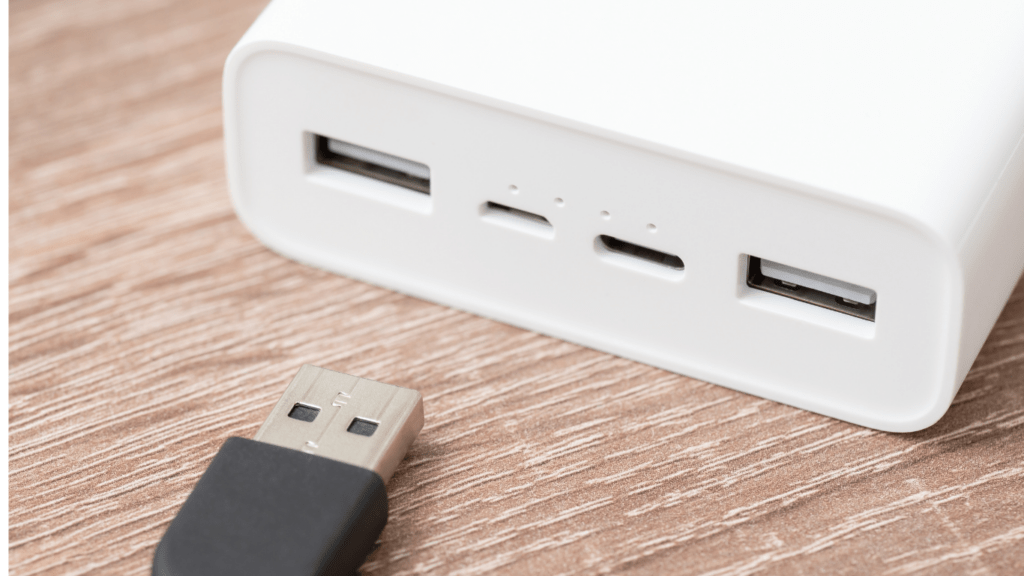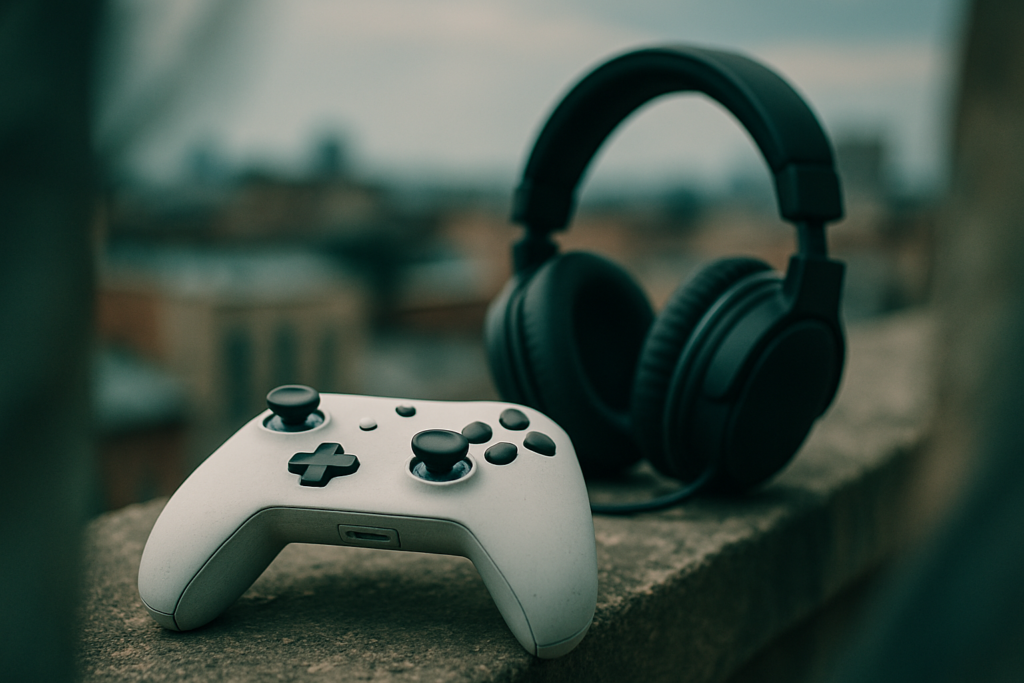Factors to Consider When Choosing a Capture Card
Compatibility With Your Setup
Ensure the capture card matches your system’s requirements. Check for USB, PCIe, HDMI, or Thunderbolt connections.
Verify compatibility with Windows, macOS, or specific gaming consoles, like Xbox or PlayStation. For instance, some capture cards offer seamless integration with certain software and hardware, enhancing your workflow.
Video Quality and Resolution Support
Look for cards supporting at least 1080p resolution at 60 frames per second (fps). If high-end streaming or recording is your goal, consider 4K resolution support at 30 fps or more.
Cards offering HDR support improve color and contrast, crucial for vibrant gameplay captures.
Examples include Elgato’s 4K60 Pro or AVerMedia’s Live Gamer 4K.
Price and Budget Considerations
Prices span from basic models below $100 to professional ones above $400. Balance your budget with features needed, not just the cost. Entry-level cards suffice for beginners, while advanced features in pricier options benefit professional streamers. Compare models to find the one best suited for your specific needs and budget constraints.
Top Capture Cards for High-Quality Streaming
Cards for Professional Use
Elgato 4K60 Pro MK.2 captures pristine 4K HDR gameplay at 60 fps. It fits seamlessly into any streaming setup. Dedicated hardware encoder reduces CPU load. Ideal for professional streamers who demand high-quality output.
AverMedia Live Gamer 4K offers 4Kp60 HDR and 1080p240 support.
It’s perfect for both high-resolution and high-frame-rate recording. Internal PCIe card ensures low latency. Professional gamers prefer this for its performance and reliability.
Razer Ripsaw HD provides 4K passthrough and captures 1080p60. It includes a built-in microphone input for easy audio synchronization. Plug-and-play simplicity makes it suitable for professionals who need quick setup and reliable capture.
Affordable Options for Beginners
Elgato HD60 S+ captures 1080p60 while allowing 4K60 HDR passthrough. It’s USB 3.0 compatible and simple to set up, ideal for beginners. Real-time gameplay and commentary make content creation easy.
AVerMedia Live Gamer Mini offers 1080p60 recording. It uses low latency technology for smooth capture. Compact design and budget-friendly price make it perfect for novice streamers.
Mirabox Capture Card captures 1080p60 and supports various devices like consoles and cameras. It’s USB 2.0 compatible and doesn’t require drivers, making it user-friendly for new streamers.
Features That Enhance Streaming Quality

Low Latency Transmission
Low latency transmission is crucial for seamless gameplay streaming. Capture cards like the Elgato 4K60 Pro MK.2 and AVerMedia Live Gamer 4K excel in this area by reducing input lag.
Streamers experience smoother gameplay when real-time data transmission minimizes delays. This feature is essential for competitive gaming, where split-second reactions matter.
Advanced capture cards offer ultra-low latency, ensuring that what happens on-screen appears instantaneously to the audience.
Software and Encoder Integration
Software and encoder integration play a pivotal role in optimizing streaming quality.
Leading capture cards, such as the Razer Ripsaw HD and Elgato HD60 S+, include proprietary software that simplifies setup and enhances functionality.
Improved encoder support allows for higher bitrates and better video compression. Integrated software often provides customizable settings, enabling streamers to tweak resolution, frame rates, and audio levels.
The combination of robust hardware and adaptable software ensures consistent, high-quality streams.
Installation Tips for Capture Cards
Step-by-Step Installation Guide
- Check System Requirements
Ensure the capture card matches your system’s specs. Verify USB ports, system RAM, and GPU capacity. - Unbox and Inspect the Capture Card
Remove the capture card and accessories from the box. Confirm all parts are included and undamaged. - Install Necessary Software
Download and install the software recommended by your capture card’s manufacturer. Examples include Elgato Game Capture Software or AVerMedia RECentral. - Power Off Your Computer
Shut down your PC to avoid potential damage or electrocution during installation. - Insert the Capture Card
Open your computer case. Insert the capture card into an available PCIe slot for internal cards or connect it via USB for external cards. - Secure and Close Up
Ensure the capture card is firmly seated and secure it with screws if needed. Close the computer case. - Connect Inputs and Outputs
Connect your gaming console or PC to the input port of the capture card. Use HDMI cables to ensure quality. Plug the output to your monitor or TV. - Reboot and Configure
Power on your computer. Open the capture software and follow on-screen instructions to finalize setup, including resolution and frame rate settings.
- No Signal Detected
Check all cable connections. Ensure the input and output cables are correctly plugged. Test the cables with another device to confirm they work. - Poor Video Quality
Review resolution settings in the capture software. Confirm the input device (console, PC) outputs at the desired resolution. - Compatibility Issues
Update all drivers and software. Capture cards often require the latest firmware and software to function correctly with different systems. - Audio Sync Problems
Adjust audio delay settings in the capture software. Ensure the audio output device matches the capture device settings. - Software Crashes
Reinstall the capture software. Close background applications that may conflict. Check for software updates that fix known issues. - Latency Problems
Ensure your capture card supports low latency modes. Use high-speed HDMI cables and USB 3.0 or higher ports for better performance.
With these steps and tips, you’re ready to set up your capture card seamlessly and start streaming or recording gameplay.


 Darcy Cazaly is a key contributor at Infinity Game Saga, where he brings his expertise to the world of gaming journalism. As a dedicated member of the team, Darcy focuses on delivering in-depth articles and insightful analyses that cover a broad range of topics within the gaming industry. His work includes exploring the latest trends, dissecting game mechanics, and providing thorough reviews of new releases.
Darcy's commitment to high-quality content ensures that readers receive accurate and engaging information about the evolving gaming landscape. His writing not only informs but also enriches the gaming experience for the community, offering valuable perspectives and up-to-date news. Through his contributions, Darcy helps bridge the gap between gamers and the dynamic world of gaming technology and trends, making him an essential part of the Infinity Game Saga team.
Darcy Cazaly is a key contributor at Infinity Game Saga, where he brings his expertise to the world of gaming journalism. As a dedicated member of the team, Darcy focuses on delivering in-depth articles and insightful analyses that cover a broad range of topics within the gaming industry. His work includes exploring the latest trends, dissecting game mechanics, and providing thorough reviews of new releases.
Darcy's commitment to high-quality content ensures that readers receive accurate and engaging information about the evolving gaming landscape. His writing not only informs but also enriches the gaming experience for the community, offering valuable perspectives and up-to-date news. Through his contributions, Darcy helps bridge the gap between gamers and the dynamic world of gaming technology and trends, making him an essential part of the Infinity Game Saga team.
